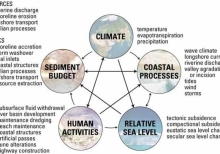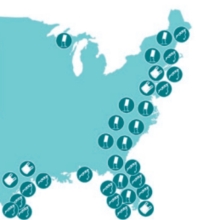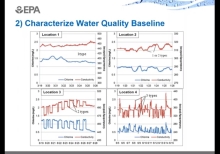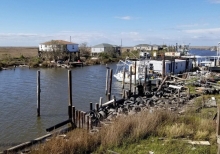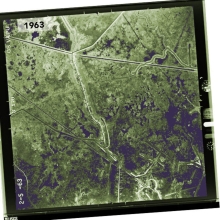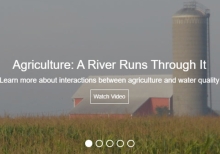An Introduction To Living Shorelines
Living shorelines' is a term used to define a number of shoreline protection options that allow for natural coastal processes to remain through the strategic placement of plants, stone, sand fill, and other structural and organic materials.The goal is to retain much of the wind, tide, and storm-related wave protection of a hard structure, while maintaining some of the features of natural shorelines.

